Feminism and the Women’s Rights Movement
Girls get to learn the same things as boys and get to choose the same careers. Girls can even make their own decisions about their bodies! Anything else would be unimaginable to us. Girls having the same opportunities as boys isn't something that happened by itself.

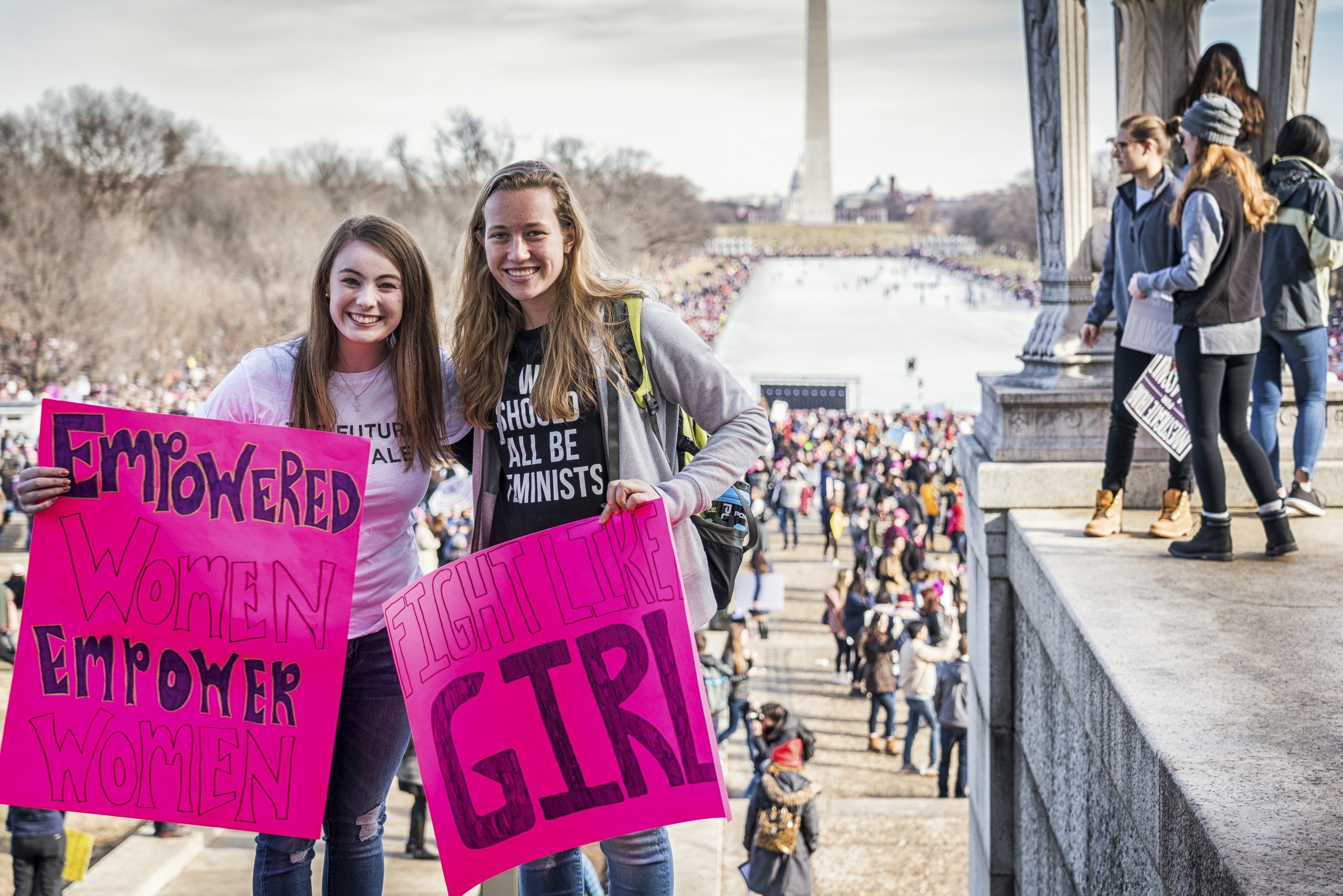
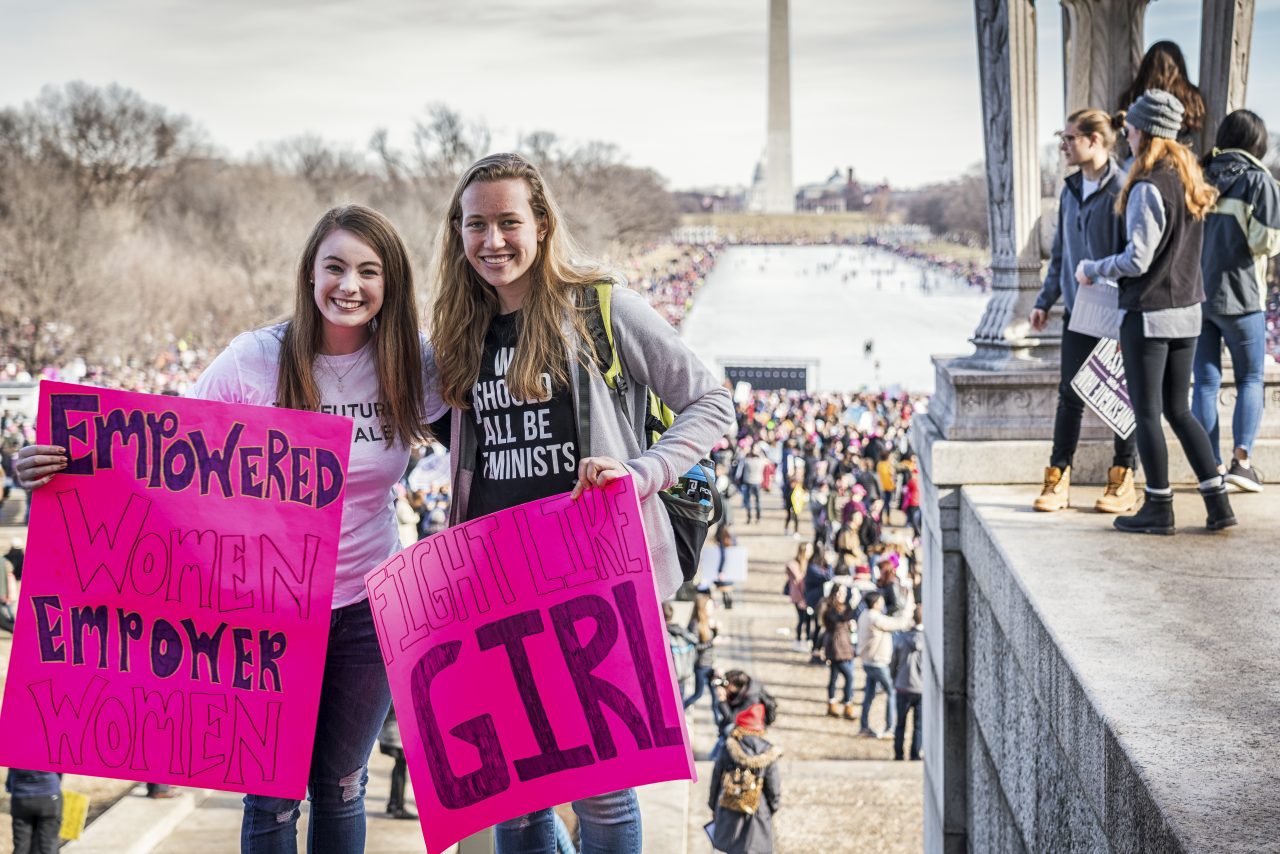
Kvinnedag tog i Washington DC i 2018
Schooling
Girls did not get the same education as boys. Secondary schools were split into boys’ and girls’ schools. Ragna Nielsen was the first school that allowed boys and girls to go to school together. It was strange at the time that a woman would be running a school with both boys and girls. Cecilie Thoresen was the first female university student in Norway. She started at the University of Oslo in 1882. Today, there are more girls than boys studying at colleges and universities.
Portrait of Ragna Nielsen. ⮕
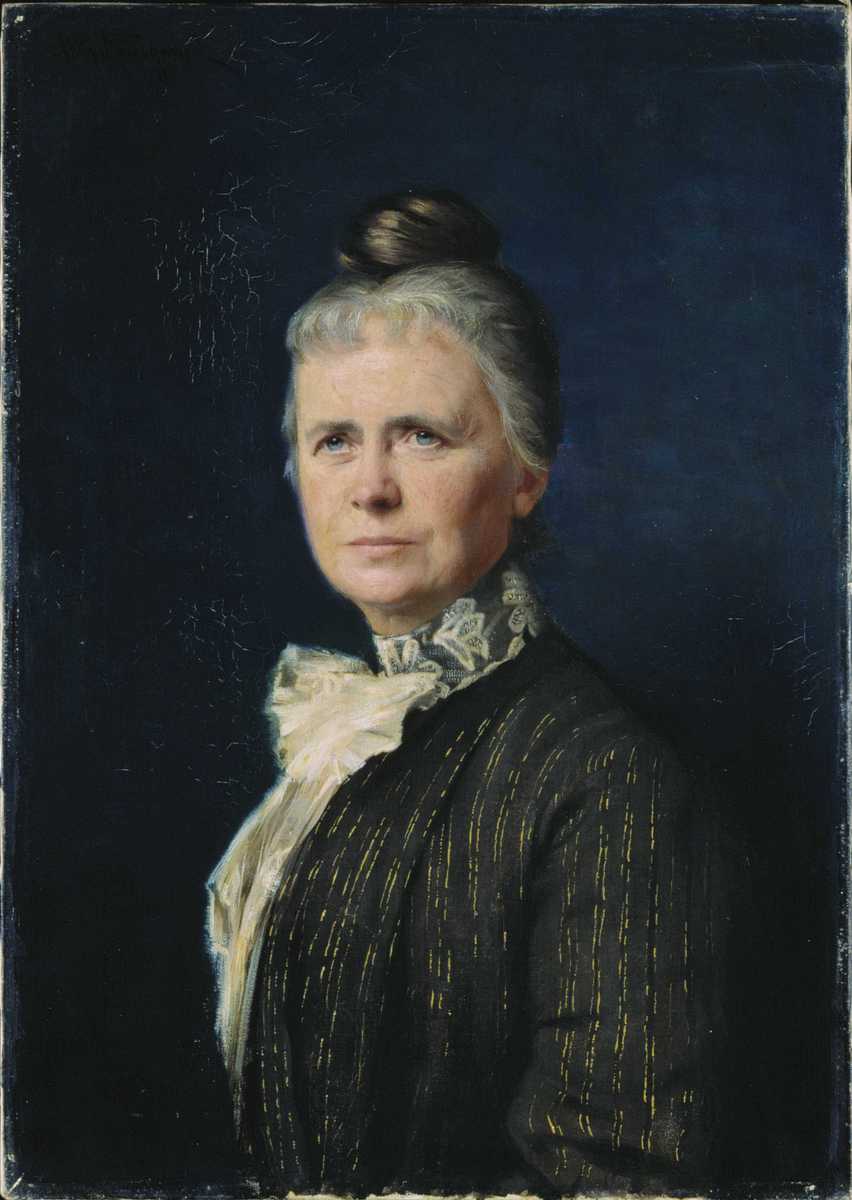

Papirbakgrunn 8
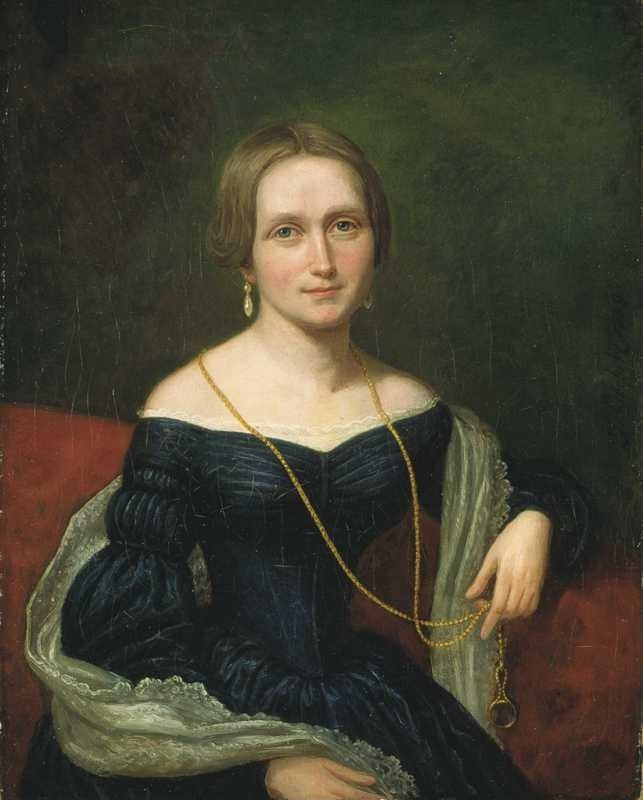
Portrett av Camilla Collett i 1893
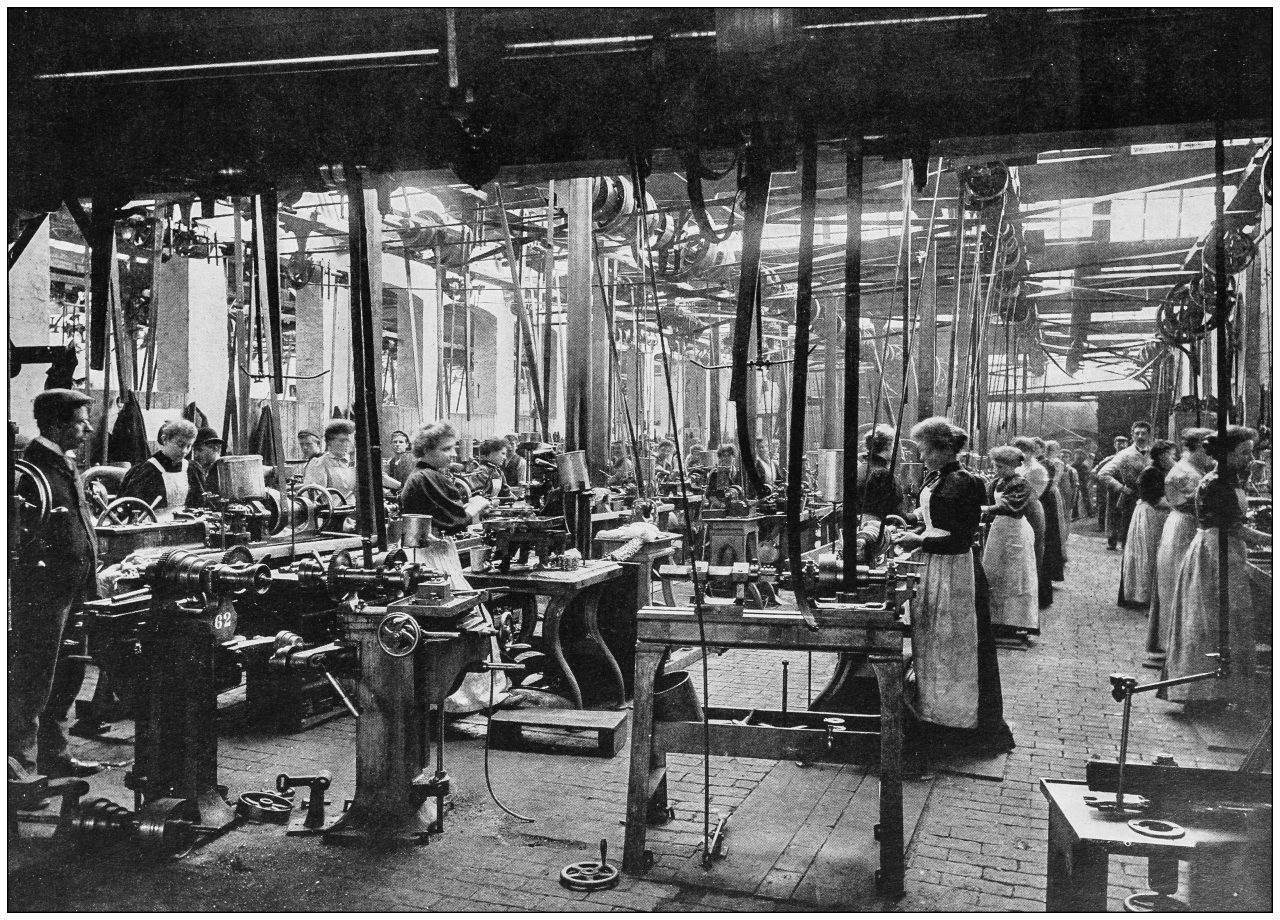
Kvinner jobber på fabrikk
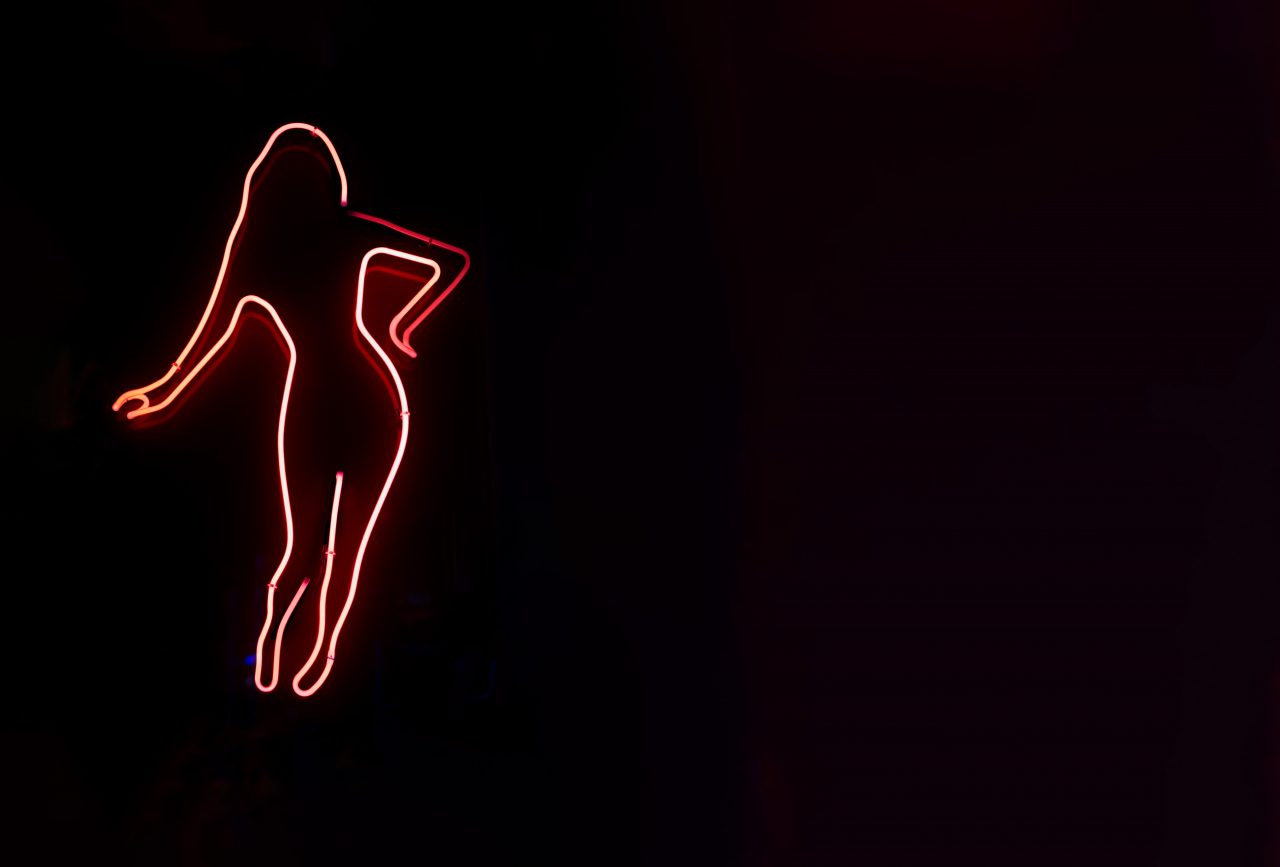
Kvinnekroppen i neonlys
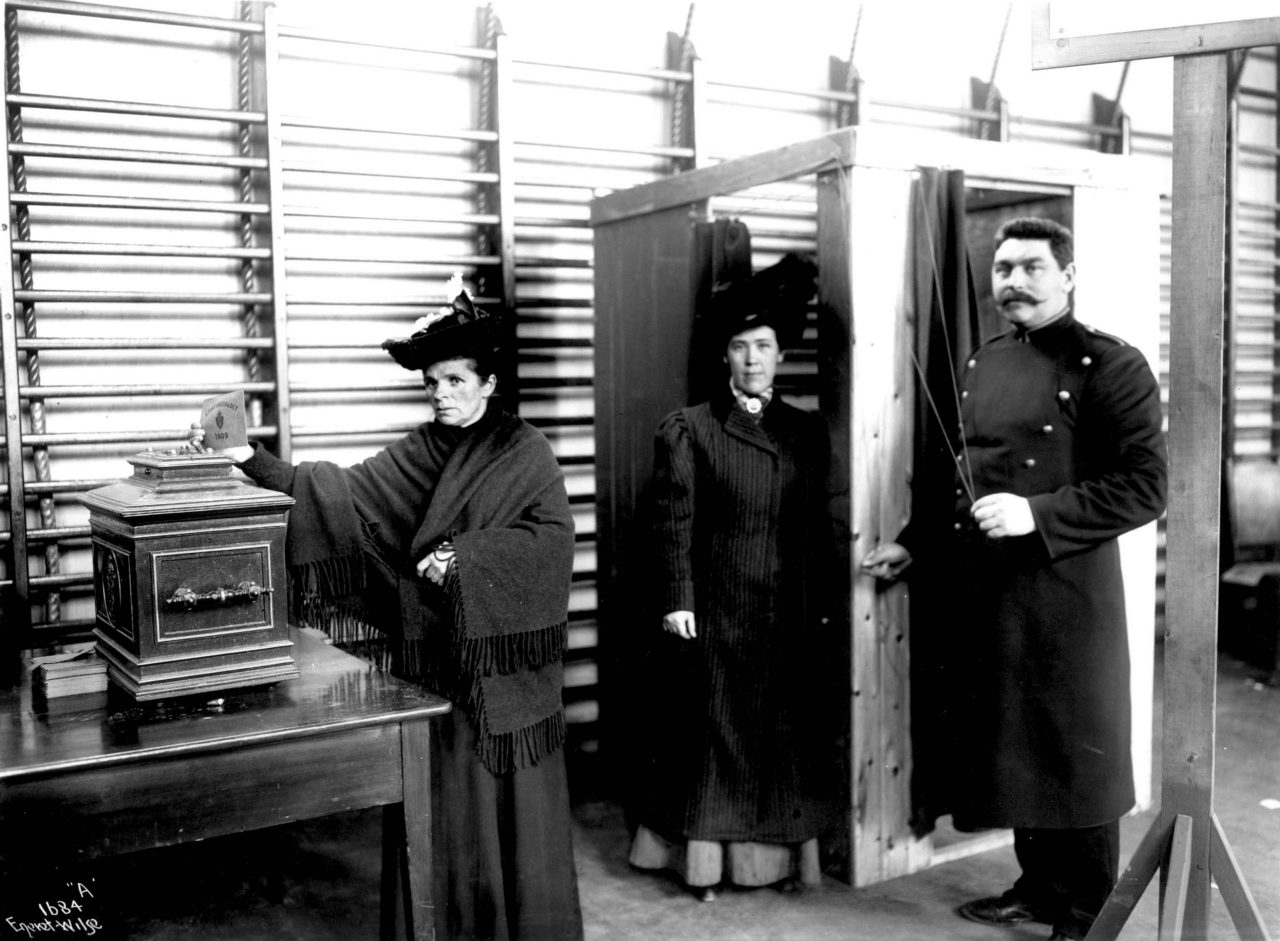
Stortingsvalg, muligens Drammen, Buskerud, 1909. Ved dette valget kunne kvinner fra borgerskapet og middelklassen avgi stemme for første gang
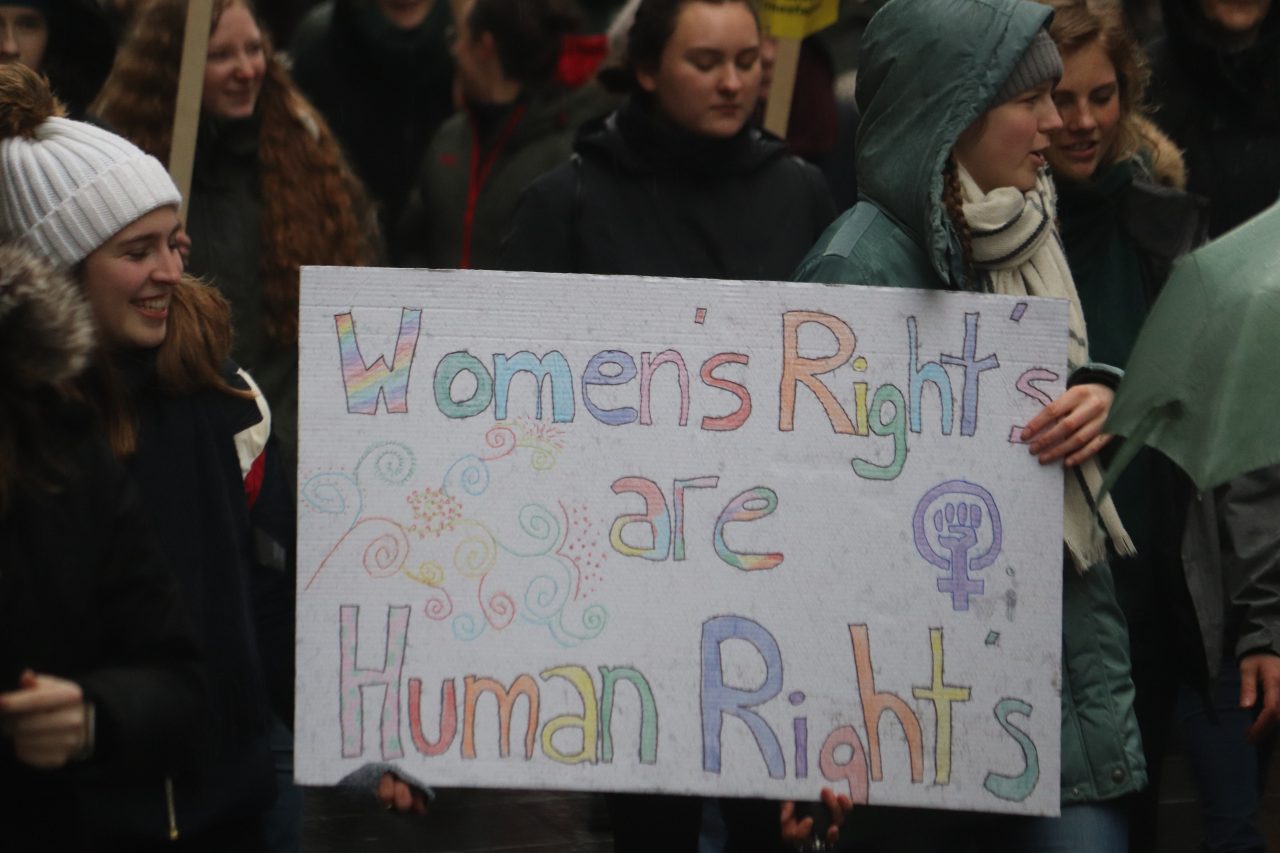
Kvinnedagen markering
Sources:
- Buregren, Sassa og Lindell, Elin: Feminisme pågår
Omnipax. Oslo 2017.
- Forskning.no (23.01.2021): Utdanningsgapet mellom kvinner og menn øker
https://forskning.no/kjonn-og-samfunn-ntb-skole-og-utdanning/utdanningsgapet-mellom-kvinner-og-menn-oker/1277779
- Kvinnehistorie.no (02.02.2021): Aksjoner mot prostitusjon på 1980-tallet
https://kvinnehistorie.kunder.ravn.no/artikkel/t-5105
- Kvinnehistorie.no (03.02.2021): Fyrstikkarbeiderstreiken i 1889.
https://kvinnehistorie.kunder.ravn.no/artikkel/t-2658
- Lønnå, Elisabeth: kvinnebevegelsens historie i Store norske leksikon på snl.no.
Hentet 25. januar 2021 fra https://snl.no/kvinnebevegelsens_historie#-Kvinnebevegelsens_hovedsaker
- Lønnå, Elisabeth: stemmerett for kvinner i Norge i Store norske leksikon på snl.no.
Hentet 3. februar 2021 fra https://snl.no/stemmerett_for_kvinner_i_Norge
- Natvig Aas, Kristin: Ragna Vilhelmine Nielsen i Store norske leksikon på snl.no.
Hentet 3. februar 2021 fra https://snl.no/Ragna_Vilhelmine_Nielsen
- Søbye, Espen og Dørum, Knut: Stemmerettens historie i Norge i Store norske leksikon på snl.no.
Hentet 3. februar 2021 fra https://snl.no/Stemmerettens_historie_i_Norge
Media Rights:
-
-
Mobilus In Mobili (CC BY-SA 2.0)
-
Getty Images / Asta Nørregaard (CC BY-SA 3.0 NO)
-
Getty Images / Johan Gørbitz (CC BY-SA 3.0)
-
Getty Images
-
Getty Images
-
Anders Beer Wilse / Norsk Folkemuseum
-
GGAADD (CC BY-SA 2.0)
-

